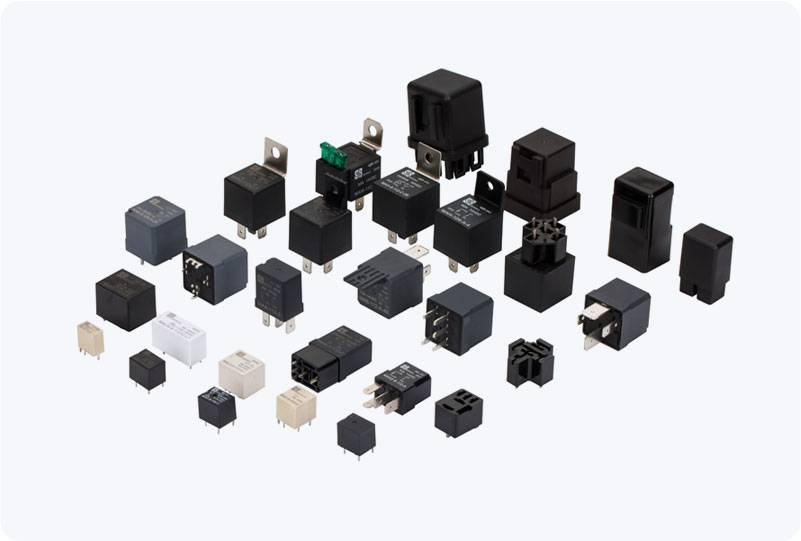The growing demand for sustainable transportation solutions has led to the rapid development of electric vehicles (EVs) and hybrid electric vehicles (HEVs). As these vehicles rely on high-voltage electrical systems, ensuring their safety and efficiency is paramount. One critical component in achieving this goal is the New Energy Vehicle Relay, a device responsible for controlling and protecting electrical circuits within these vehicles. This article explores the functions, types, and importance of relays in new energy vehicles, as well as the technological advancements shaping the future of electric mobility.

Understanding New Energy Vehicle Relays In the context of electric vehicles, relays are electrical switches used to control the flow of electricity within high-voltage systems. These systems power components such as the electric motor, inverter, and battery pack, all of which require safe and precise management to ensure optimal performance and safety. Relays play an essential role in facilitating the proper operation of these components, while also safeguarding the vehicle and its users. The relay system in new energy vehicles typically consists of several different types, each serving a unique function within the vehicle’s electrical architecture. These relays work together to manage power distribution, prevent electrical overloads, and enhance overall system reliability.